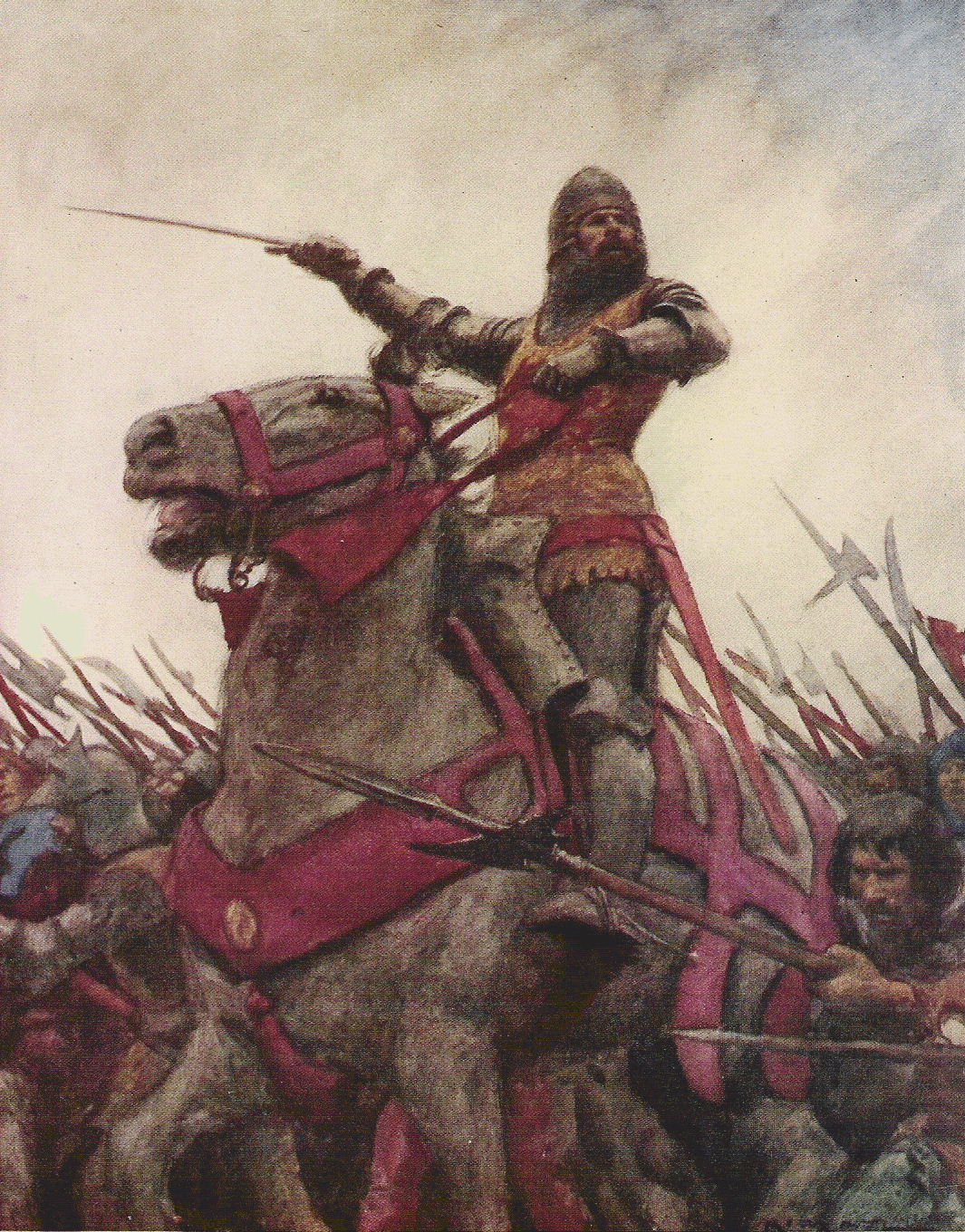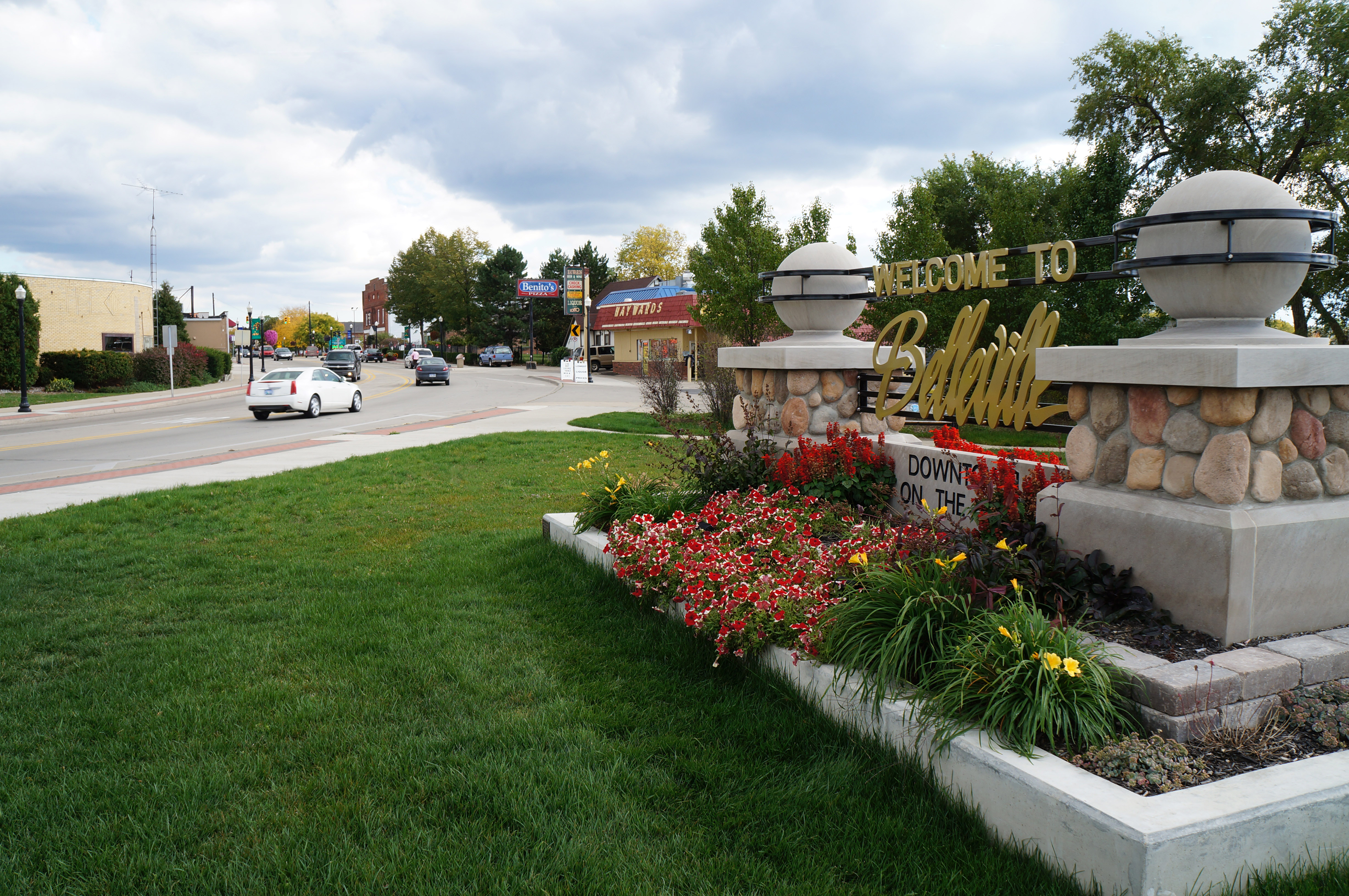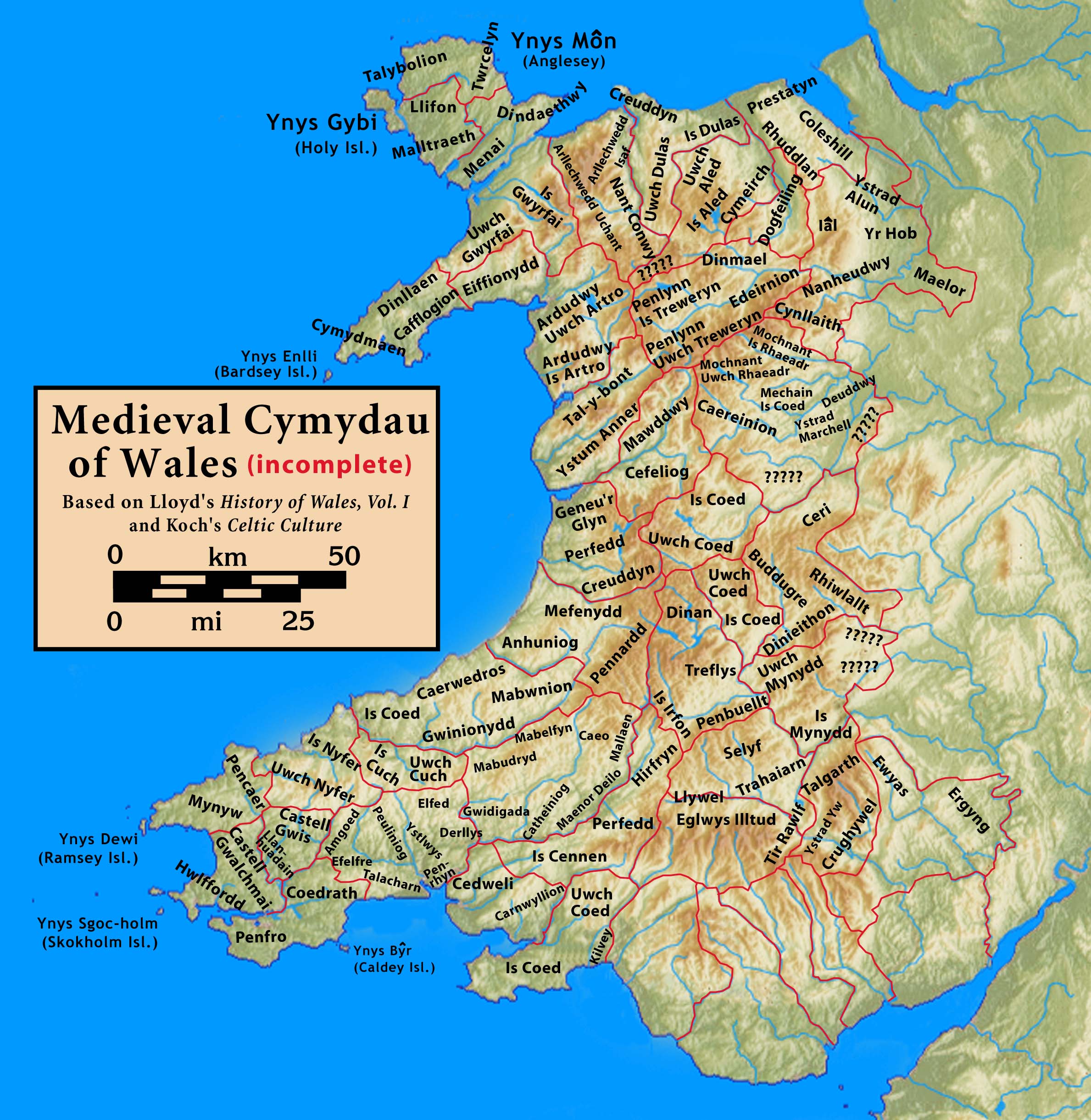|
Machynlleth
Machynlleth () is a market town, community and electoral ward in Powys, Wales and within the historic boundaries of Montgomeryshire. It is in the Dyfi Valley at the intersection of the A487 and the A489 roads. At the 2001 Census it had a population of 2,147, rising to 2,235 in 2011. It is sometimes referred to colloquially as ''Mach''. Machynlleth was the seat of Owain Glyndŵr's Welsh Parliament in 1404,''The Welsh Academy Encyclopaedia of Wales''. John Davies, Nigel Jenkins, Menna Baines and Peredur Lynch (2008) pg527 and as such claims to be the "ancient capital of Wales". However, it has never held any official recognition as a capital. It applied for city status in 2000 and 2002, but was unsuccessful. It is twinned with Belleville, Michigan. Machynlleth hosted the National Eisteddfod in 1937 and 1981. Etymology The etymology of the name Machynlleth derives from ield, plainand . The ending 's' of is the cause of the 'c' of becoming 'ch': reflecting a stand ... [...More Info...] [...Related Items...] OR: [Wikipedia] [Google] [Baidu] [Amazon] |
Owain Glyndŵr
Owain ap Gruffydd (28 May 135420 September 1415), commonly known as Owain Glyndŵr (Glyn Dŵr, , anglicised as Owen Glendower) was a Welsh people, Welsh leader, soldier and military commander in the Wales in the late Middle Ages, late Middle Ages, who led a Glyndŵr rebellion, 15-year-long Welsh revolt with the aim of ending Kingdom of England, English rule in Wales. He was an educated lawyer, forming the first Welsh parliament under his rule, and was the last native-born Welshman to claim the title Prince of Wales. During the year 1400, Glyndŵr, a Welsh soldier and Glyndyfrdwy, Lord of Glyndyfrdwy had a dispute with a neighbouring Peerage of England, English Lord, the event which spiraled into a national revolt pitted common Welsh countrymen and nobles against the English military. In response to the rebellion, discriminatory Penal laws against the Welsh, penal laws were implemented against the Welsh people; this deepened civil unrest and significantly increased support for ... [...More Info...] [...Related Items...] OR: [Wikipedia] [Google] [Baidu] [Amazon] |
Montgomeryshire
Montgomeryshire ( ) was Historic counties of Wales, one of the thirteen counties of Wales that existed from 1536 until their abolishment in 1974. It was named after its county town, Montgomery, Powys, Montgomery, which in turn was named after one of William the Conqueror's main counsellors, Roger de Montgomerie, 1st Earl of Shrewsbury, Roger de Montgomerie, who was the 1st Earl of Shrewsbury. The area of what was Montgomeryshire, now constitutes the northern part of the Counties and county boroughs of Wales, county of Powys. The current area was 2,174 square km (839 square miles). The largest town was Newtown, Powys, Newtown, followed by Welshpool and Llanidloes. History The Treaty of Montgomery was signed on 29 September 1267, in the town of Montgomery, which had recently been established as an English incursion on the Welsh side of the border, to control a strategic border crossing. The surrounding region (on the Welsh side of the border) otherwise comprised the mediaeval ... [...More Info...] [...Related Items...] OR: [Wikipedia] [Google] [Baidu] [Amazon] |
River Dyfi
The River Dyfi (; ), also known as the River Dovey ( ), is an approximately long river in Wales. Its large estuary forms the boundary between the counties of Gwynedd and Ceredigion, and its lower reaches have historically been considered the border between North Wales and South Wales. Name Nowadays the Welsh spelling ''Dyfi'' is widely used locally and by the Welsh Government, Natural Resources Wales and the BBC. The anglicised spelling ''Dovey'' continues to be used by some entities. Sources The River Dyfi rises in the small lake Creiglyn Dyfi at about above sea level, below Aran Fawddwy, flowing south to Dinas Mawddwy and Cemmaes Road (), then south west past Machynlleth to Cardigan Bay () at Aberdyfi. It shares its watershed with the River Severn () and the River Dee () before flowing generally south-westwards down to a wide estuary. The only large town on its route is Machynlleth. The river is prone to flooding and some roads in the lower catchment can become impass ... [...More Info...] [...Related Items...] OR: [Wikipedia] [Google] [Baidu] [Amazon] |
A489 Road
The A489, officially known as the Newtown to Machynlleth Trunk Road in Wales, is a trunk road in the United Kingdom running from Craven Arms, Shropshire to Machynlleth, Powys and crossing the Wales-England border. The road starts about one mile north of Craven Arms. From here it travels through Lydham, Churchstoke, Newtown, Caersws, Cemmaes Road Cemmaes Road (; ) is a village in Powys, Wales. It is in the Community (Wales), community (civil parish) of Glantwymyn. The village was named in English language, English after the now-closed station on the Newtown and Machynlleth Railway, now ... and Machynlleth. Between Caersws and Cemmaes Road, the road is concurrent with the A470, which takes priority. Similarly in Lydham, albeit for a much shorter distance, the road overlaps with the A488. A new section of road, the Newtown Bypass, was completed in 2019. See also * Trunk roads in Wales References Roads in Wales Transport in Shropshire Transport in Powys ... [...More Info...] [...Related Items...] OR: [Wikipedia] [Google] [Baidu] [Amazon] |
A487 Road
The A487, officially the Fishguard to Bangor Trunk Road, is a trunk road in Wales that follows the coast from Haverfordwest, Pembrokeshire, in the south, to Bangor, Gwynedd, in the north. Route The road starts at a junction with the A40 in Haverfordwest and travels northwest to St David's to switch northeast through Fishguard, Cardigan, Aberaeron, Aberystwyth, Machynlleth and Corris. Through the town of Fishguard, the road width in places is a very narrow single lane, leading to many traffic issues, especially with heavy goods vehicles (HGVs). From 2010, articulated HGVs were diverted from the section between Cardigan and Fishguard because of this, and routed instead via the A478 road to Penblewin, then the A40 to Fishguard via Haverfordwest. However, there were still problems to some extent. The road continues to Dolgellau multiplexing with the A470 north of the Cross Foxes inn. After Dolgellau, the road continues to multiplex with the A470, re-emerging just north of Tr ... [...More Info...] [...Related Items...] OR: [Wikipedia] [Google] [Baidu] [Amazon] |
Montgomeryshire And Glyndŵr (UK Parliament Constituency)
Montgomeryshire and Glyndŵr () is a constituency of the House of Commons in the UK Parliament, first contested at the 2024 United Kingdom general election, following the 2023 review of Westminster constituencies. The constituency name refers to the former county of Montgomeryshire and the former district of Glyndŵr. The official spelling of the constituency, in English and Welsh, uses the spelling 'Glyndŵr' with a circumflex over the "w".2023 Final Recommendations Boundary Commission for Wales Upon its abolition, the predecessor seat, , was the only one in Wales never to elect a me ... [...More Info...] [...Related Items...] OR: [Wikipedia] [Google] [Baidu] [Amazon] |
Powys
Powys ( , ) is a Principal areas of Wales, county and Preserved counties of Wales, preserved county in Wales. It borders Gwynedd, Denbighshire, and Wrexham County Borough, Wrexham to the north; the English Ceremonial counties of England, ceremonial counties of Shropshire and Herefordshire to the east; Monmouthshire, Blaenau Gwent, Merthyr Tydfil County Borough, Merthyr Tydfil, Caerphilly County Borough, Caerphilly, Rhondda Cynon Taf, and Neath Port Talbot to the south; and Carmarthenshire and Ceredigion to the west. The largest settlement is Newtown, Powys, Newtown, and the administrative centre is Llandrindod Wells. Powys is the largest and most sparsely populated county in Wales, having an area of and a population of in . While largely rural, its towns include Welshpool in the north-east, Newtown in the north-centre, Llandrindod Wells in the south-centre, Brecon in the south, Ystradgynlais in the far south-west, and Machynlleth in the far west. The Welsh language can be spok ... [...More Info...] [...Related Items...] OR: [Wikipedia] [Google] [Baidu] [Amazon] |
National Eisteddfod Of Wales
The National Eisteddfod of Wales ( Welsh: ') is the largest of several eisteddfodau that are held annually, mostly in Wales. Its eight days of competitions and performances are considered the largest music and poetry festival in Europe. Competitors typically number 6,000 or more, and overall attendance generally exceeds 100,000 visitors, the highest recently being 186,000 attending the 2024 festival in Pontypridd. The 2018 Eisteddfod was held in Cardiff Bay Cardiff Bay (; colloquially "The Bay") is an area and freshwater lake in Cardiff, Wales. The site of a former tidal bay and estuary, it is the river mouth of the River Taff and River Ely, Ely. The body of water was converted into a lake as part ... with a fence-free 'Maes (eisteddfod), Maes'. In 2020, the event was held virtually under the name AmGen; events were held over a one-week period. History The National Museum of Wales says that "the history of the Eisteddfod may [be] traced back to 1176 Cardigan eisteddfod, a ... [...More Info...] [...Related Items...] OR: [Wikipedia] [Google] [Baidu] [Amazon] |
Belleville, Michigan
Belleville is a city in Wayne County in the U.S. state of Michigan. A western suburb of Detroit, Belleville is located roughly southwest of downtown Detroit, and southeast of Ann Arbor, and is completely surrounded by Van Buren Township. As of the 2020 census, the city had a population of 4,008. Belleville Lake is the city's principal geographic feature, and the city was also home to the National Strawberry Festival until the COVID pandemic. History The community was named in honor of landowner James Bell by adroitly choosing the French word for "beautiful town". The hamlet was platted in 1847 with the main thoroughfares still used today designated Main, Liberty, and High Street. About 1881, the Belleville depot on the Detroit line of the Wabash Railroad began serving travelers from across the region and the country. Belleville was established as a village in 1905, when its governance separated from Van Buren Township by an act of the State Legislature. Located on th ... [...More Info...] [...Related Items...] OR: [Wikipedia] [Google] [Baidu] [Amazon] |
John Davies (historian)
John Davies (25 April 1938 – 16 February 2015) was a Welsh people, Welsh historian, and a television and radio broadcaster. He attended university at Cardiff and Cambridge and taught Welsh at Aberystwyth. He wrote a number of books on Welsh history, including ''A History of Wales (book), A History of Wales'' (''Hanes Cymru'' in Welsh language, Welsh). Education Davies was born in the Rhondda, Wales, and studied at both Cardiff University, University College, Cardiff, and Trinity College, Cambridge. Life and work Davies was married with four children. In later life he acknowledged that he was bisexual. After teaching Welsh history at Swansea University and Aberystwyth University, he retired to Cardiff, and appeared frequently as a presenter and contributor to history programmes on television and radio. In the mid-1980s, Davies was commissioned to write a concise history of Wales by Penguin Books to add to its Pelican series of the histories of nations. The decision by Pengui ... [...More Info...] [...Related Items...] OR: [Wikipedia] [Google] [Baidu] [Amazon] |
Twin Towns And Sister Cities
A sister city or a twin town relationship is a form of legal or social agreement between two geographically and politically distinct localities for the purpose of promoting cultural and commercial ties. While there are early examples of international links between municipalities akin to what are known as sister cities or twin towns today dating back to the 9th century, the modern concept was first established and adopted worldwide during World War II. Origins of the modern concept Throughout history, many cities have participated in various cultural exchanges and similar activities that might resemble a sister-city or twin-city relationship, but the first officially documented case of such a relationship was a signed agreement between the leaders of the cities of Toledo, Ohio and Toledo, Spain in 1931. However, the modern concept of town twinning appeared during the Second World War. More specifically, it was inspired by the bombing of Coventry on 14 November 1940, known as t ... [...More Info...] [...Related Items...] OR: [Wikipedia] [Google] [Baidu] [Amazon] |
Cynllaith
Cynllaith or Cynllaeth was a commote () of north east Wales in the cantref of (later Chirkland) which was once part of the Kingdom of Powys and later part of the smaller kingdom of Powys Fadog. Cynllaith, or at least the part of it called ''Cynllaith Owain'', was part of the inheritance of Owain Glyndŵr in 1370. The titles ''Baron of Glyndyfrdwy'' and ''Lord of Cynllaith Owain'' were used by the dispossessed former ruling family of Powys Fadog before Owain was proclaimed Prince of Wales in 1400. The episode "Monk's Hood" of the Cadfael Chronicles includes a scene in a Welsh court in Llansilin Llansilin () is a village and community (Wales), community in Montgomeryshire, Powys, Wales, west of Oswestry. The community, which includes Llansilin village, a large rural area and the hamlets of Moelfre and Rhiwlas as well as the remote par ... within this commote. References Commotes History of Powys {{Wales-hist-stub ... [...More Info...] [...Related Items...] OR: [Wikipedia] [Google] [Baidu] [Amazon] |





